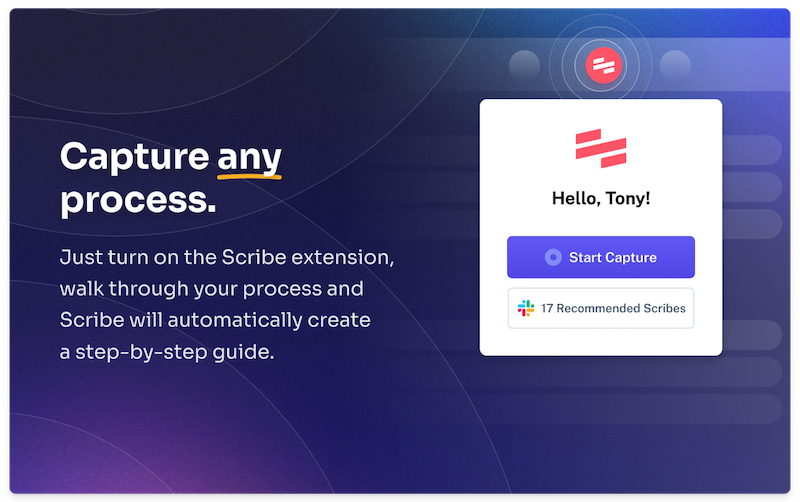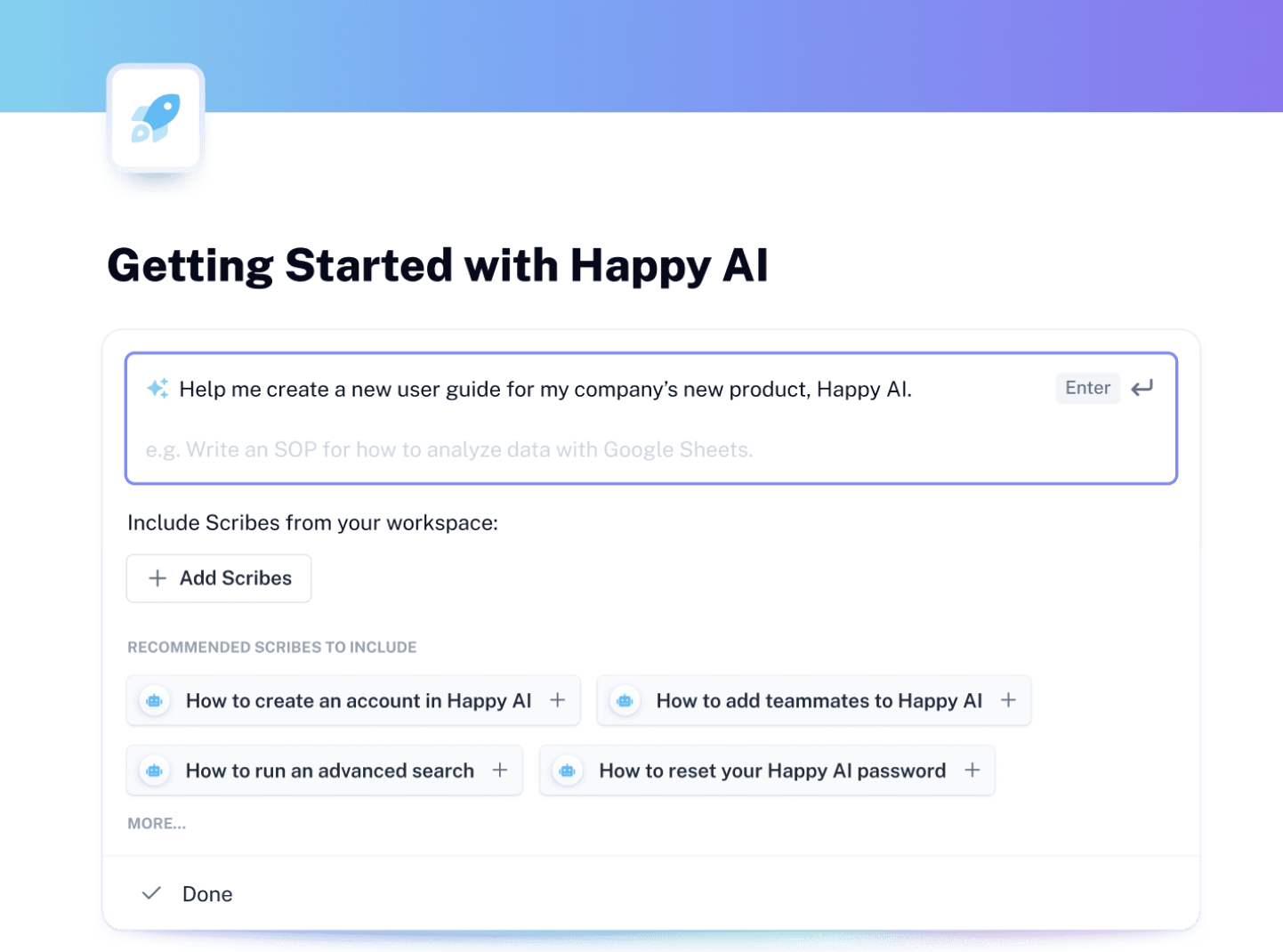Introduction
Starting a Managed Service Provider (MSP) business can be lucrative in 2024. According to a report, the global MSP market is projected to reach approximately $500 billion by 2027.
Another study suggests that European and North American businesses are expected to spend 11 percent of their MSP budget on backup storage and managed-to-host. Furthermore, ten percent of the IT budget will be dedicated to support and maintenance.
This indicates a healthy market with lucrative opportunities for Managed Service Providers.
But what is MSP, after all? How do you get started with a successful MSP business and access the market? A comprehensive guide will help you start an MSP business in 2024.
TL;DR: Start an MSP business
- MSPs provide ongoing IT support and management services, acting as consultants and helping organizations navigate IT challenges.
- Key challenges for MSPs include fast-changing consumer behavior, cloud migrations, security challenges, customer retention, and automation.
- Best practices for MSPs include creating a roadmap for client onboarding, performing a profit and loss analysis, maintaining proper documentation, identifying and documenting repeatable processes, switching to the cloud, and prioritizing threat detection and data privacy.
- Steps to becoming a successful MSP include determining your skillset, defining your MSP offering, determining your pricing model, and choosing the right software tools.
What is an MSP?
Information Technology has taken businesses by storm, bringing lucrative opportunities to explore. However, managing IT infrastructure can bring tremendous challenges. These cause the organization to lose focus on its core business objectives. This is where MSP comes into the picture.
A managed service provider (MSP) is a company or entity that provides ongoing IT support and management services. These typically involve handling an organization’s IT infrastructure remotely, partially or entirely, as mentioned in the SLA (service-level agreement). The scope of MSPs includes IT asset management, issue resolution, 24x7 monitoring, and network security.
Unlike conventional IT service providers, an MSP takes a 360-degree approach to managing an organization’s IT systems. On the one hand, they act as an IT consultant and provide professional advice to help clients make informed decisions. On the other hand, they devise strategies to mitigate their IT risks and make them future-ready to address technological disruptions.
As more and more organizations struggle to navigate IT challenges, they are opting for managed service providers. This provides greater scope for anyone pursuing starting an MSP business.
Key challenges when starting an MSP
The global pandemic has fueled the rise of cloud adoption and remote monitoring. Work-from-home is the new normal today. Hence, many organizations are now considering a hybrid IT model. At the same time, they trust managed service providers with their mission-critical IT processes, systems, and day-to-day functioning.
Organizations will likely face several speed bumps with a new partner and modern technologies. Downtime, chaotic systems, and lack of training are inevitable with the change. MSP challenges can include:
1. Fast-changing consumer behavior: Modern organizations are now more educated and informed about technology than before. Often, they decide to partner with an MSP based on a cost-benefit analysis. MSPs need to brainstorm new ways to offer more value to the clients.
2. Cloud migrations: The pandemic has taken cloud adoption and remote work to their peak. At the same time, security vulnerabilities are increasing rapidly. Organizations are migrating to the cloud to boost collaboration, improve productivity, and increase data security.
3. Security challenges: With fast-paced technology advancements, addressing cybercrime has become one of the significant challenges for organizations. Technologies have become sophisticated and so have hackers. DDoS attacks, malware, and ransomware have threatened even the most prominent organizations, causing significant losses.
4. Customer retention: The managed services market has become increasingly competitive. New managed service providers are launching daily, posing tough competition with lower prices for the same services.
5. Automation: To start an MSP business and achieve success, automating your processes is crucial. Automation helps increase productivity and reduce operating costs while focusing on improving customer support. However, one of the significant challenges MSPs face here is choosing the right automation tool.
Best practices for starting an MSP
When you start an MSP business, you are likely to juggle many things. The most important tasks among these are customer onboarding and managing security. Discussed are industry best practices that can help streamline your operations, reduce costs, and efficiently handle your tasks.
1. Create a roadmap for client onboarding
Onboarding a client is one of the significant challenges an MSP faces. Hence, there should be a clear roadmap that provides transparency of the tasks. This helps achieve two things – creating a schedule for your employees and devising a path that outlines the goals of your project. It allows monitoring the progress and ensuring that you are not deviating from the roadmap.
2. Perform a profit & loss analysis
As discussed earlier, the MSP market is highly competitive. Numerous MSPs are offering dirt-cheap services to sustain themselves in the market. Therefore, it is essential to perform a profit and loss analysis when you start a business. This will help you create a comprehensive pricing strategy. It should include the costs for each service or package you offer.
The strategy should also focus on your total operating costs, break-even analysis, and also how you quantify your ROI. Determine how much you should charge your clients. Remember, the pricing model should be practical, depending on your service quality.
3. Do a quality assessment
This is a crucial MSP best practice you should follow. Evaluating the organization’s operating environment is essential to understand the groundwork you need to do. This will also give you an idea of various disruptions and bottlenecks you may face when kickstarting the project. The assessment will also help the clients understand the expected project timeline and other factors.
4. Maintain proper documentation
Documenting business-critical information is vital that most MSPs often tend to neglect. The more information you have, the better it is. Gather information at all levels. The data you collect during quality assessment and onboarding is a powerful knowledge base. This information helps make informed decisions and serve the clients better.
Scribe is a free tool (with Pro options!) that automatically allows MSPs to create high-quality process documents and client help content. Using this tool, you can curate training courses or devise process documents to integrate modern technologies into the organization seamlessly. There is also a wide selection of pre-designed Scribes to choose from in the gallery.
Here's one at work.

This can help you start immediately and automate processes, such as creating client training courses or methods.
5. Identify & document repeatable processes
Managing repeatable processes is one of the top challenges for an MSP. To efficiently control everything and deliver consistent client services, identify and document these repeated processes. Visuals, like flowcharts, work excellently in writing such tasks. This aids in training your team as well as reducing complexities.
MSP documentation can be time-consuming and cumbersome. You need a cutting-edge document management platform to help you create high-quality and detailed process documents. Scribe is a simple and intuitive tool that enables you to quickly capture and share processes.

You can create your process documents or choose from Scribe's library of prebuilt templates to get started. Simply turn on the Scribe extension and go through your process as usual. Scribe auto-generates a step-by-step guide, complete with annotated screenshots and text, in seconds.
You can create custom process documents, how-to guides, SOPs, client training, and much more. Use Scribe Pages to combine multiple guides, videos, images, GIFs and more.

You can ask the AI to add titles and descriptions — or ask it to write the documents for you with a simple prompt.
6. Switch to the cloud
With everyone adopting the cloud nowadays, make it your strength. Offering cloud services to clients may be a significant value addition to their organization. Furthermore, it can be an effective way to generate more leads.
7. Threat detection & data privacy
Another key practice that MSPs should follow is constantly monitoring the servers and network systems for vulnerabilities. Start with securing web browsing and emails. Other data protection practices to follow are preventing unauthorized access and maintaining stringent email authentication measures. You should also ensure that users aren’t accessing seemingly malicious websites.
Regular data backups, patch management, and installing an antivirus are some ways you can prevent threats and protect critical data.
Following these MSP best practices will help start an MSP successfully.
Steps to starting a successful MSP
Becoming a successful MSP requires a certain degree of groundwork and strategy planning. This quick guide will help you determine the conceptual framework for your business.
1. Determine your skillset
What does it take to become a successful Managed Service Provider? MSPs typically have a background in technology and IT. So, how do you make yourself stand out in the crowd? Do you have any unique skill sets or training? Perhaps you have excellent hardware knowledge. Or you have completed a cloud engineering, data science, or cybersecurity course.
But merely having IT skills is not enough to become a successful MSP. Having a business-oriented mindset and skills in finance, business management, or marketing & sales is crucial. This knowledge will be vital, particularly when you start an MSP business.
2. What is your MSP offering?
An essential step in developing an MSP business plan is to determine your niche or the services you want to offer. While some managed service providers cater to a specific technology segment or industry, others serve a broad range of business types. It all depends on your technical skills and business know-how.
Although you may have expertise in various technical fields, it is crucial to determine which areas will get you a profitable business. To understand this, see what type of MSP services have the highest demand in your market. For instance, you find that the managed security services market is already saturated in your area. So, you can focus on other sites, such as managed networks or backups.
Some other factors in determining here are:
- In which areas do you have the best technical knowledge?
- Which type of IT services can you offer cost-efficiently?
- Do you need to purchase specialized MSP tools, software or hardware to provide the services?
- Will it be easy to find skilled human resources for the type of service you want to provide?
Combining them in a bundle or package is ideal if you plan to provide more than one IT service. This simplifies creating a service offering to the clients, and you can also streamline things for your business.
3. Determine your pricing model
To determine the pricing model, it is first essential to consider your business start-up costs. How much does it cost to rent an office, or would you offer managed services remotely? What resources do you need to start an MSP business? Would you work as a one-man band or need more staff?
Once you get the answers to these, determine the pricing for your clients. It should be entirely based on the current market trends and the type of service you offer.
4. Pick the right software
To be a successful MSP, you must invest in a broad range of MSP technology to provide high-quality and timely managed services. Make sure you choose wisely, picking the one that is easy to use, cost-effective and delivers what it promises.
For instance, Scribe is a free tool that allows you to create and share process documents quickly and easily. You can create multiple Scribes for different MSP processes, combine, customize, and share them through Scribe Pages. From employee training to new technology rollouts or client onboarding, Scribe makes it easier to explain processes and saves time.
Conclusion: Starting a MSP business
With these tips handy with you, get started finding your clients. Build a solid web presence to let customers know about you. Ask for referrals to establish a client base once you start getting clients, onboard them successfully, and kickstart your MSP business.











